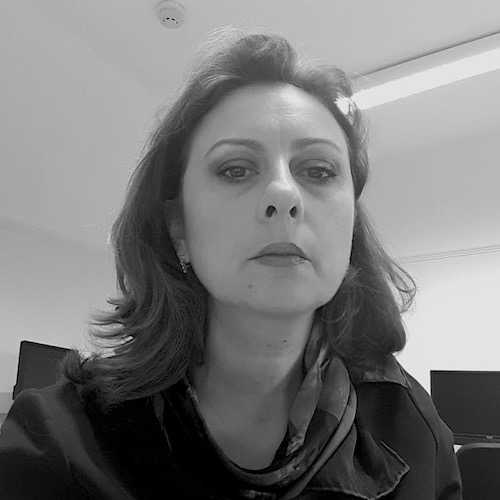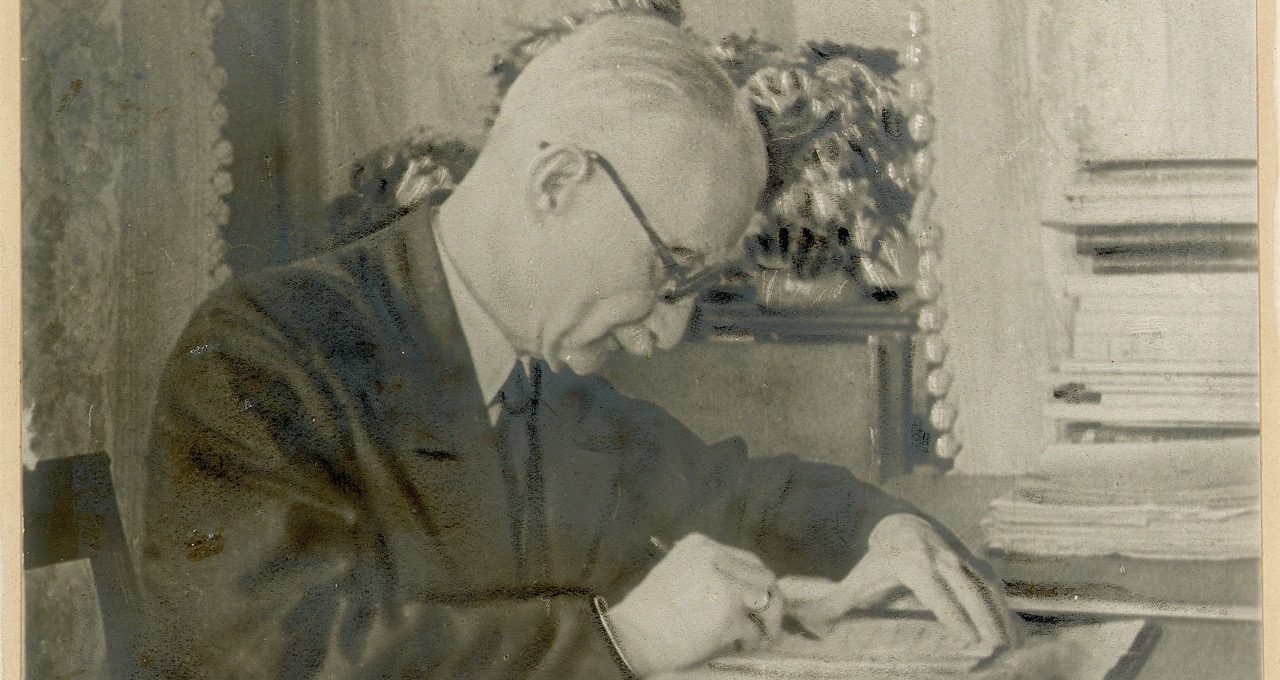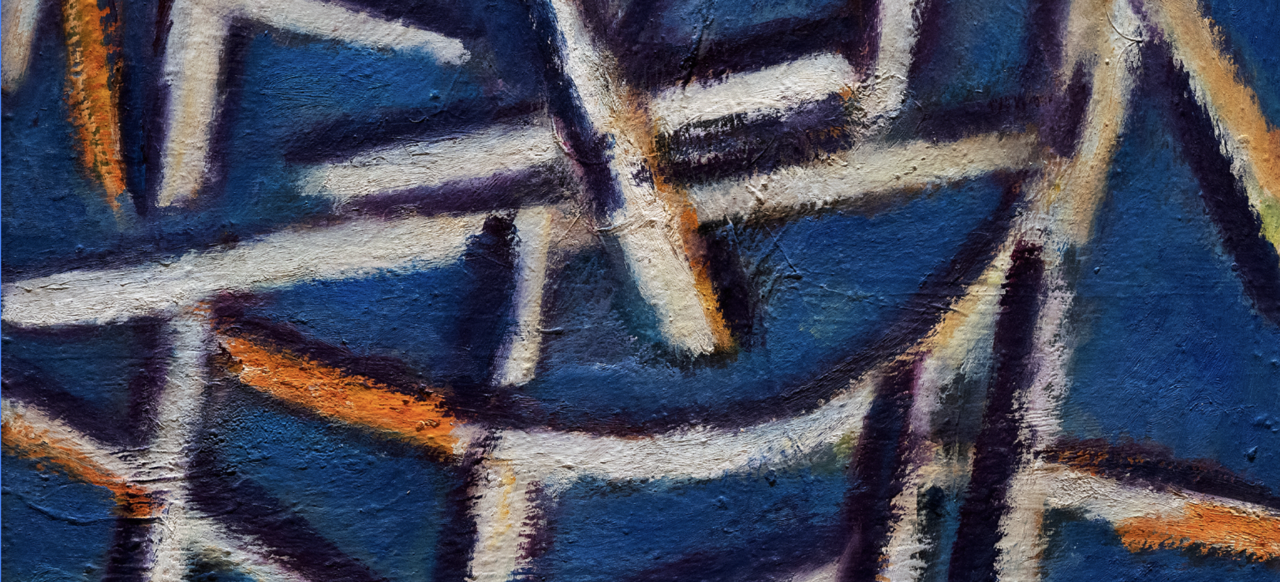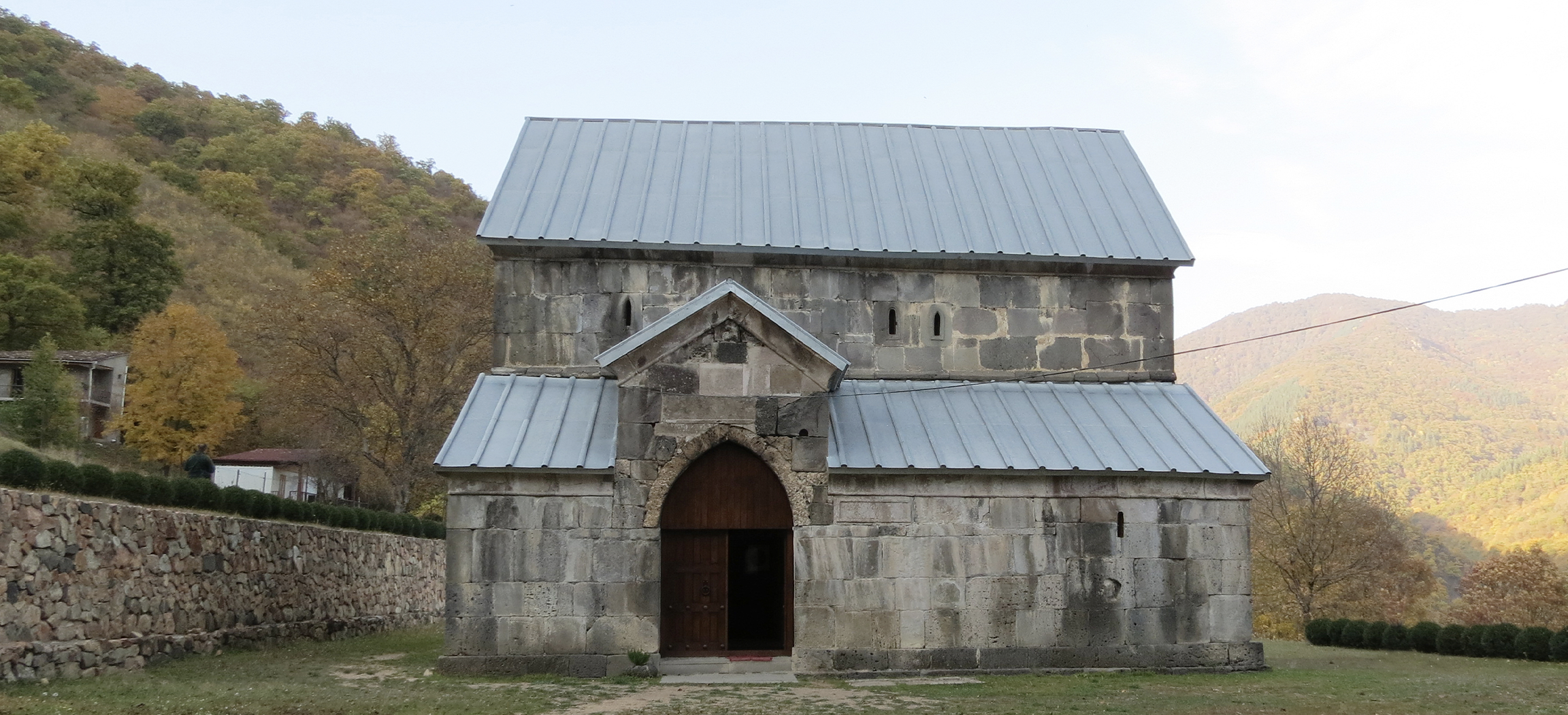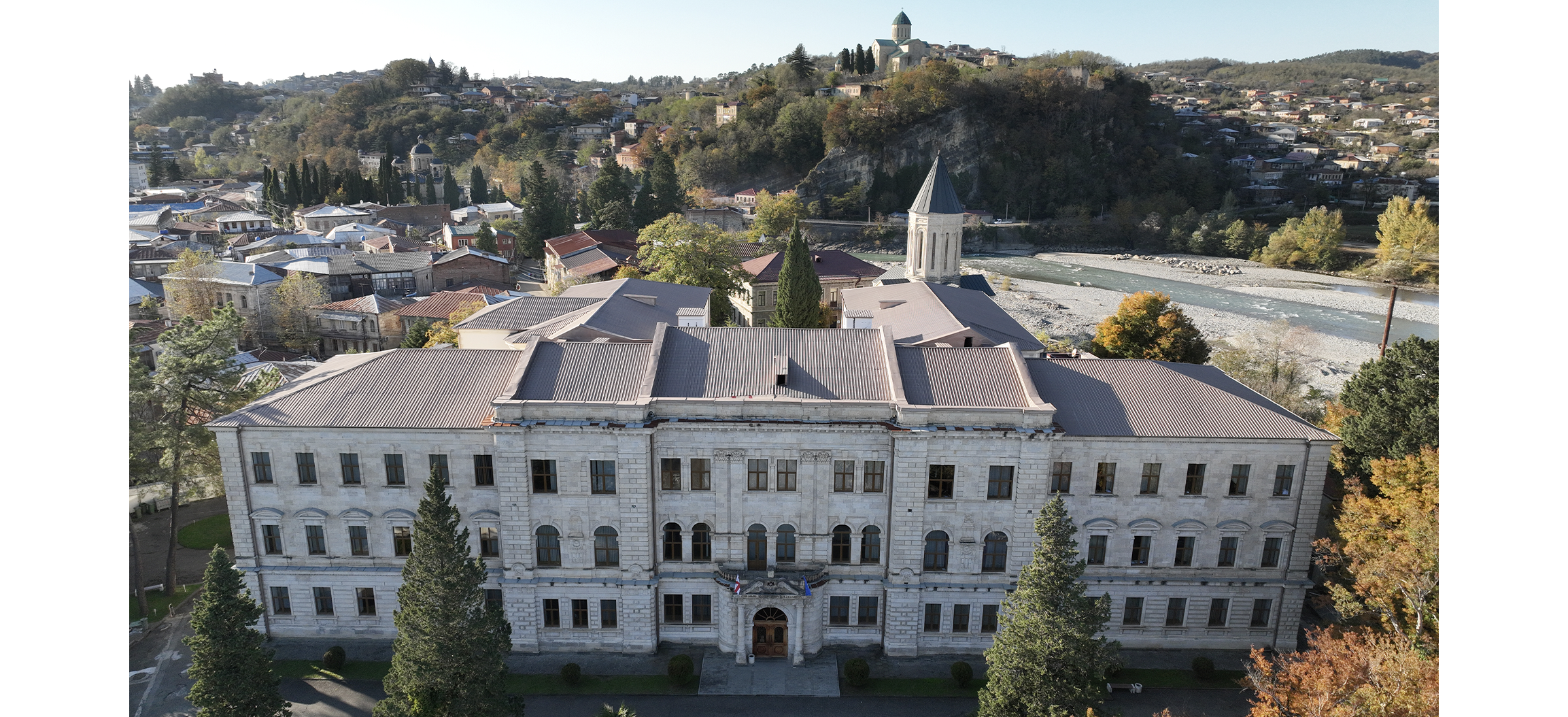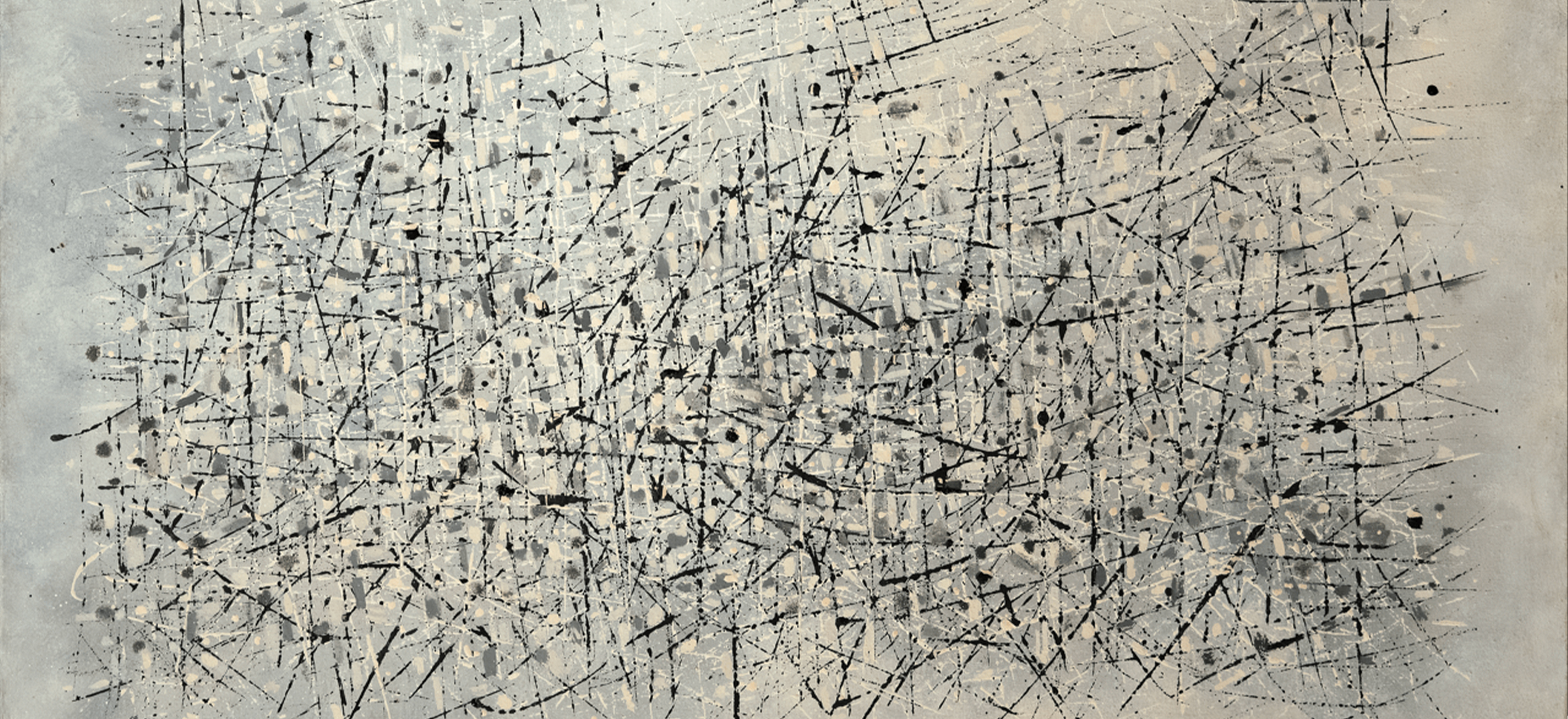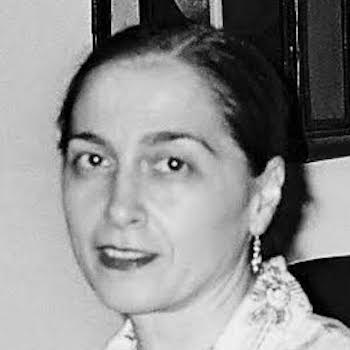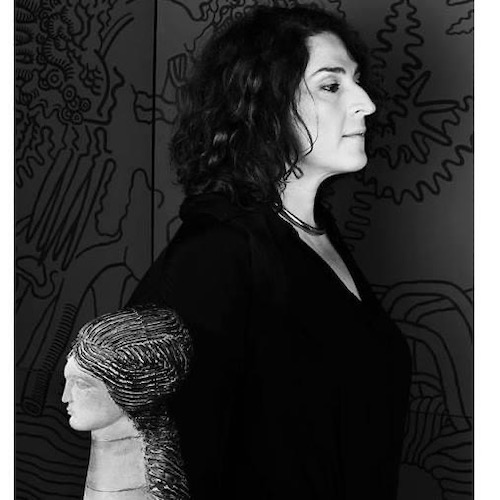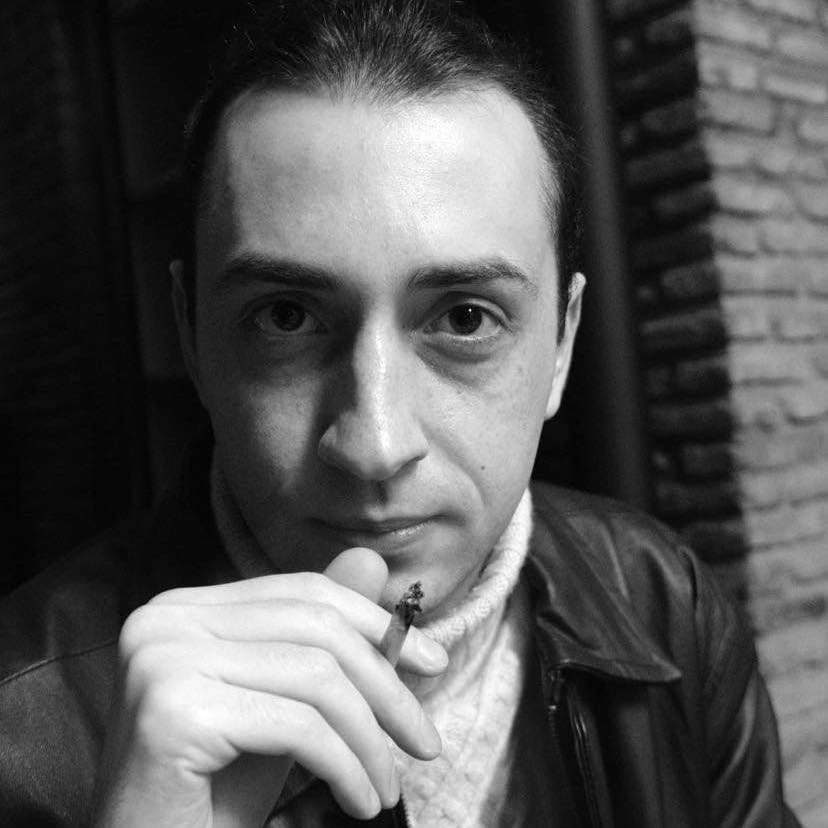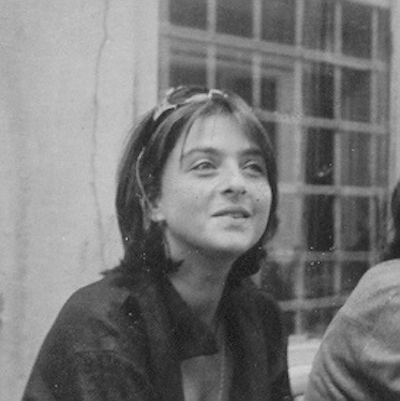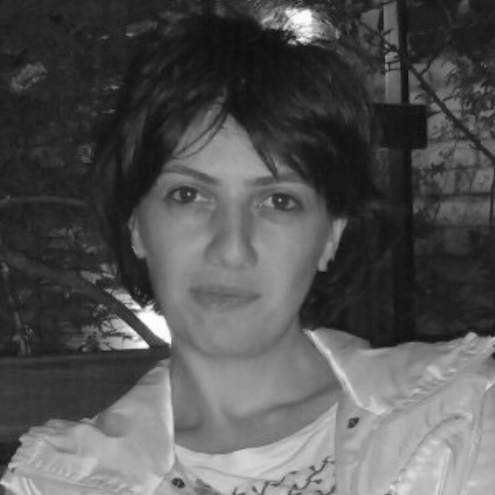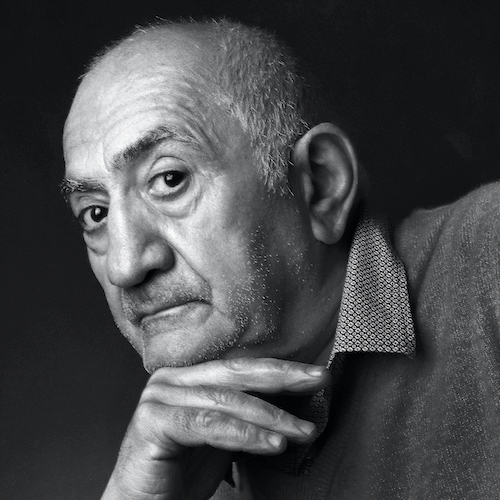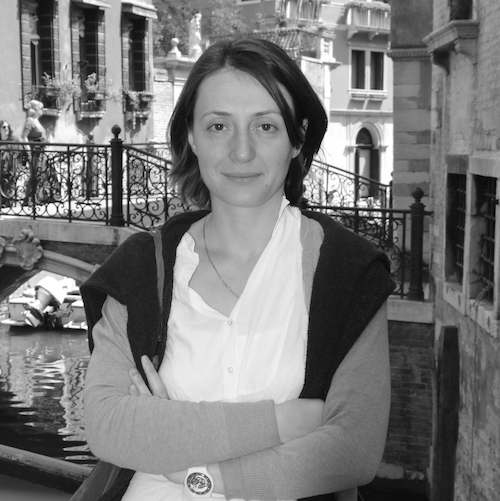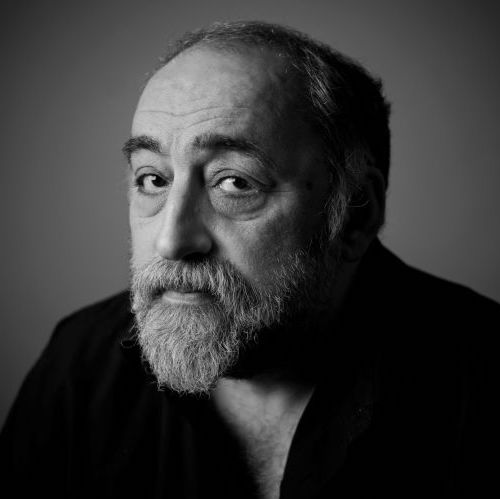Irene Giviashvili (ირინე გივიაშვილი) was born in Gori, Georgia in 1971. She studied Art History at Tbilisi State University, from which she graduated with an Honors Diploma in 1993.
Irene Giviashvili wrote her PhD thesis under the supervision of Prof. Dimitri Tumanishvili, and obtained her doctoral degree at the Chubinashvili Institute of Georgian Art Studies in 2005.
She has served as a lecturer at Tbilisi State University, the Tbilisi State Academy of Arts, and the University of Bilkent in Ankara. She has also been a visiting scholar at the University of Oxford, a research associate at the George Chubinashvili National Research Center, and is currently an affiliated scholar at the Max-Planck-Institut – Kunsthistorisches Institut in Florenz.
Dr. Giviashvili’s research interests include the art and architecture of medieval Georgia – in particular the Cultural Heritage of Georgia within current Turkish borders and its interconnectedness with neighboring Armenia, Byzantium, and the Islamic world.

